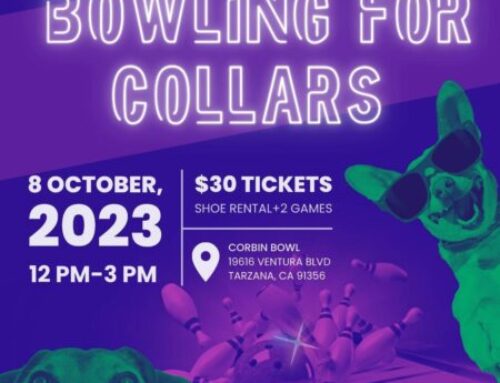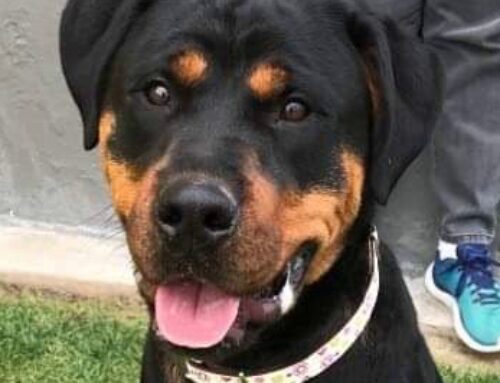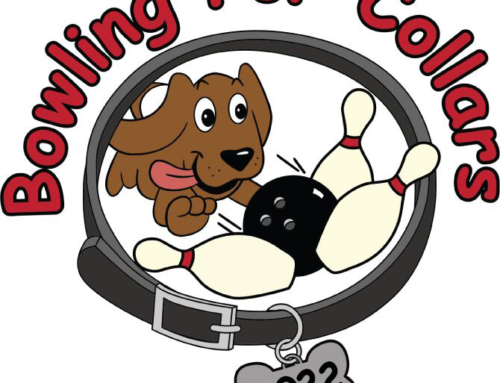Important Facts to Prevent “Claw Damage” and Keep Your Pet’s Feet Healthy
By Jon Bernstein, DVM
Claws are complex structures that are derived from modified skin tissue overlying bone of the end of the digit. Claws serve many functions, including prehension, predation, aggression, defense, and locomotion.
Despite these attributes, claws are sometimes a cause for concern for the pet owner. Many people have been “marked” by the sharp claws of a puppy or by a cat that pushed off or held on with extended claws. Digging holes and scratching furniture are also commonly encountered problems.
There a number of things you can do to prevent CLAW DAMAGE:
1. Although animals can function without claws, they are not usually removed unless they are diseased or are causing unsolvable problems. In some municipalities it is actually against the law to remove your cats’ claws.
2. Soft plastic claw covers (“soft paws”) can be glued over the claw. These can be helpful, but need frequent replacement.
3. The most common procedure to limit unwanted claw damage is claw trimming.
How to Trim Your Pet’s Claws
Claw trimming is performed with one of several types of specialized trimmers. The types include: guillotine-style, scissors-style, and snipper-style (human nail clippers). These all work well. The important factor is to be sure the instrument is sharp.
Claw trimming is performed in small increments. Each claw is tipped progressively from the sharp end toward the base. As each layer is removed, the cut end should be inspected. A dry white surface usually indicates that more can be removed. A dark shiny surface means STOP!!
If the claw is inadvertently clipped too far, there will be a painful reaction and blood will ooze from the surface. You should be prepared for this possibility and have something on hand to stop the bleeding. You can use styptic pencils or ferric sub sulfate solution or powder to staunch the flow. By progressing slowly and observing the cut surface, one can usually avoid this complication.
If you Google “how to trim my pet’s claws” there are many sites that offer images and additional tips











Stay In Touch